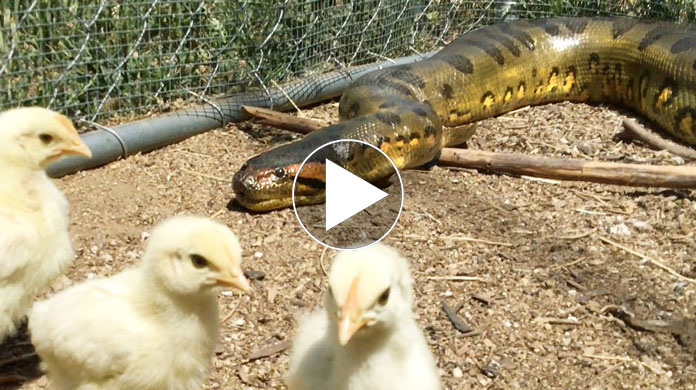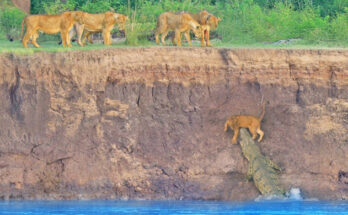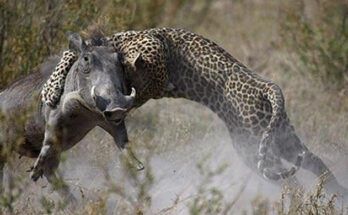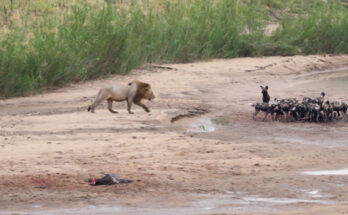The green anaconda (Eunectes murinus) is the largest snake in the world by weight, and the second longest.
This video focuses on the science of snake behavior to support a master’s thesis. Video is for citation for junior high school, high school science reports.
Shows the hunting strategy of a large constrictor, locating small prey by scent, using tongue. Video demonstrates that large constrictors have a preference for small prey as an opportunity for calories regardless of size, and regardless of assumptions made by researchers for exclusivity of large food sources.
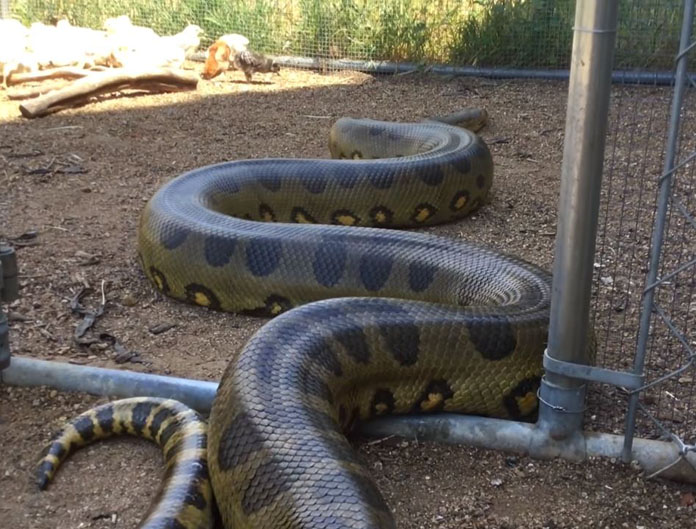
Also, please note the ‘pterygoid walk’ of snake’s jaws over small prey. Quadrate bones at back of snake’s skulls at attachment points to lower jaws are not rigidly attached. They pivot allowing vertical and horizontal rotation.
Unlike a mammalian jaw which is built for brute chewing or biting force — as you can see in this video — a snake’s jaws are connected with tendons and ligaments that gives it maneuverability.
A snake’s lower jaw is not joined at the front by a rigid symphysis as mammal jaws are, but by an elastic ligament that allows the two halves to spread apart, connected in front by an elastic ligament. Each half of lower jaw moves independently.
Quadrate bones at the back of snake’s skulls at attachment points to lower jaws, are not rigidly attached. They pivot allowing vertical and horizontal rotation.
Jaws of snakes do not dislocate. One of the enduring myths of snake feeding mechanisms is that the jaws detach. They stay connected all the time.
As seen in the video, the two lower jaws move independently of one another. The quadrate bone is not rigidly attached to the skull, but articulates with the skull at one end and is therefore free moving.
Video shows the “transport cycle” to get the feeder chicks into the python’s stomach. Called a pterygoid walk, the python opens its jaw and alternately ratchets its upper jaw over the surface of the meal, in turn “walking” its mouth over and around the prey.
Filmed with the University of Guadalajara for Biological and Agricultural Sciences, the division of Biological and Environmental Science Division, at the department of Botany and Zoology.
